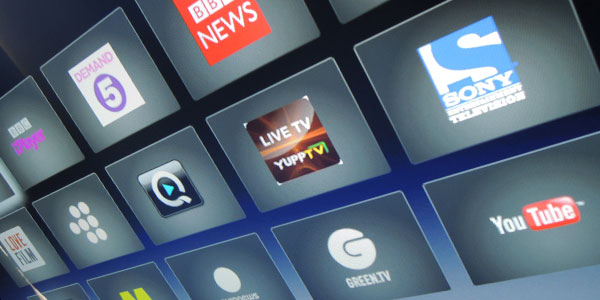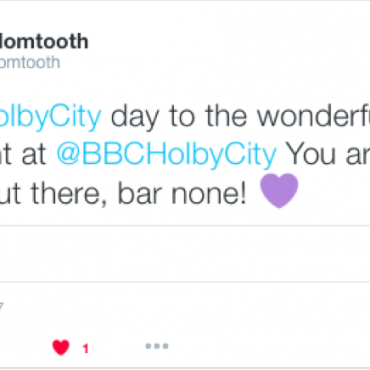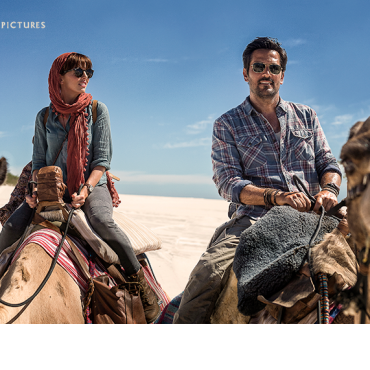 I recently came across an Observer supplement entitled “The Future of TV” from back in 2007 which predicted that “The broadcasting dinosaurs like ITV, Sky and the BBC will be challenged by newer, more nimble opponents, including YouTube, MySpace and Google.”
I recently came across an Observer supplement entitled “The Future of TV” from back in 2007 which predicted that “The broadcasting dinosaurs like ITV, Sky and the BBC will be challenged by newer, more nimble opponents, including YouTube, MySpace and Google.”
While we can probably count MySpace out of the running (for now at least), it’s clear that YouTube in particular is acting more like a TV broadcaster than ever before thanks to its Comedy Week programming (complete with peak-time ads on Channel 4 and an accompanying print campaign) and its increasing commitment to web-only content for its Original Channels project.
YouTube’s Original Channels first launched in 2011 and have enabled over 100 partners, including Pitchfork, Vice, The Onion, Jamie Oliver and Mixmag to create standalone video content that has the potential to reach a huge audience in a way that hadn’t been possible unless you were on traditional TV.
According to Advertising Age’s YouTube Original Channel Tracker, the top 20 channels regularly achieve more than a million views a week (an impressive 10million in the case of SoulPancake for the week ending May 25 2013) and have subscriber numbers between a considerable 100,000 (EntTV) and a highly covetable 2.2million (RedBull).
The opportunities are certainly huge, though success is by no means a sure thing, as Robert Kyncl, YouTube Global Head of Content, pointed out in an interview back in 2012: “We are in uncharted waters, and of course failures will come with that. If we don’t have failures, then clearly we are not trying hard enough.”
In which case, what are the best ways to minimise the risks when getting started with your YouTube channel? It’s important to consider three fundamental factors.
Content
Getting an audience to watch your programming and keep coming back to it requires good material that’s consistently relevant. High quality production values are certainly desirable – not obligatory in all cases – though you do need to know your audience, what content they’re after and how you can provide it.
It’s particularly heartening to see that many of the most successful channels currently broadcasting online have capitalised on what might usually be considered niche content by the TV industry so it certainly doesn’t hurt to deviate from the mainstream.
Funding
Even low-fi productions take time and money to create so you’ll need a model that will pay its way – and ideally make a profit. The launch of paid subscriptions on YouTube is an interesting development to keep an eye on, though advertising and sponsorship will continue to play an important role for most content publishers.
Promotion
So Jamie Oliver can just move across to YouTube and expect an instant hit and boost in income? He’s already working at it, though it’s not necessarily guaranteed. While established TV brands undoubtedly have an advantage thanks to their existing visibility, they still need to put in the effort to increase awareness and build engagement using all available means, especially social media. The web is full of distractions demanding your attention after all.
And where does this leave traditional TV if its shows and stars can go it alone online? Despite the growing number of alternative entertainment platforms, TV remains the most powerful medium to reach a large audience quickly and that’s not going to change any time soon.
When it comes to shows or people that already have a TV presence then think of it as a head start that can be used to great effect, though is still no substitute for a sound multi-platform strategy that gets the most out of all your digital properties.
At this early stage there’s plenty of scope for experimenting, whether you’re working with a known brand or a complete newcomer. You’re not limited by a remit or by country boundaries so once you’ve got the basics covered, get broadcasting.




